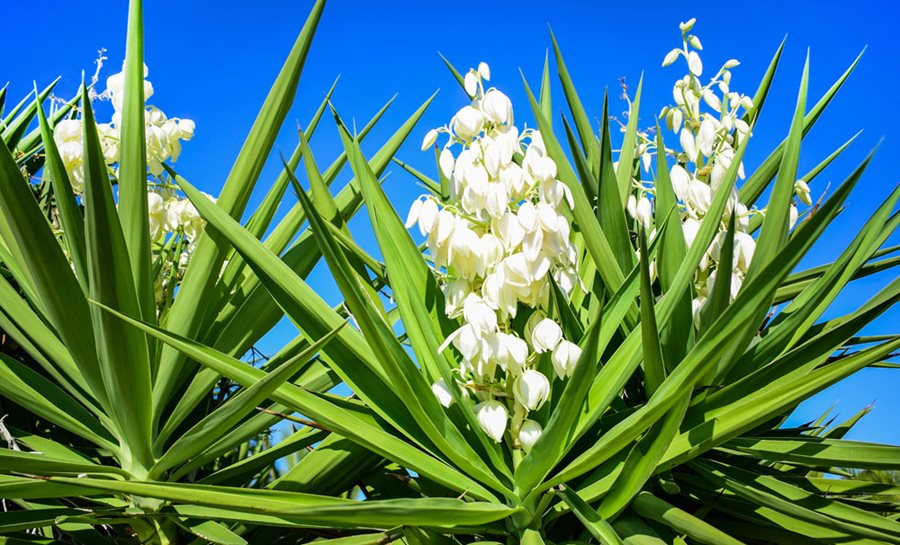Soapweed, Yucca glauca, can also be known as beargrass, amole, Spanish bayonet, dagger place, and Adam’s needle (referring to these sharp-pointed leaves). The Lakota contact it hupe’stola (sharp-pointed stem); the Pawnee contact it chakida-kahtsu; the Omaha and Ponca call it duwaduwahi; and the Blackfeet title is eksiso-ke. That place grows wild throughout the Good Plains regions, especially favoring the sandy areas.
The Blackfeet and different Plains tribes boiled Yuuca sources in water to create a tonic to stop hair loss. This offered as an anti-inflammatory for poulticing sprains and breaks. Small emerging plants and new seedpods were also edible ingredients for a lot of tribes. The Lakota made a solid origin tea to drink for stomach aches. When this is mixed with a tea of the roots of the prickly pear cactus, it built a respected childbirth remedy.
The blue yucca, or Saponin yucca, Y. baccata, is available through the entire desert Southwest, and the Joshua pine, Y. brevifolia, also provided treatments, ingredients, and soapy cleansers. Historical fibers from these species have now been discovered as yucca cordage, belts, string steps, cradle lashings, and shoes at Bandolier National Traditional Park and other prehistoric websites in the Southwest.
While the name soapweed means, fresh or dry yucca roots are hammered and thrashed in water to make a sudsy lather for head and hair. Zuni, Cochiti, and Jemez Pueblo guys and girls clean their hair with it before ceremonial dances, as do many other Indians. They get great pleasure in the healthy sparkle it gives their dark hair, as well as the yucca treatments are considered to strengthen the hair. Pueblo potters applied yucca-fiber brushes to draw their common patterns on clay containers, specially at Acoma Pueblo.
Yucca tea gives valuable anti-inflammatory aid for arthritic problems in accordance with Michael Moore, a people medicine practitioner. He maintains that similar teas also provide rest from prostate inflammations. Yucca wants sandy, loamy soil with excellent drainage and start contact with sunlight and wind. Propagation is simply produced from the seeds, offsets (new small plants), and cuttings of stalks, rhizomes, or sources in late summertime, drop, or winter. Follow common procedures.
Yucca is an attractive, sturdy evergreen place that often flowers on Memorial Time in southern regions. It’s cultivated around the world Sources of mature crops may develop to be twenty feet long. These crops have spectacular cultivars, exclusively rosea, which can be observed because of its rose-tinted flowers. Yucca crops are great pets for yarrow, prickly pear, Oregon holly grape, strawberry, and tobacco. May all I claim and all I do believe maintain harmony with thee, God within me, Lord beyond me, Manufacturer of the tree. Yucca place can be used topically as hair thinning prevention and strengthener tonic, and as an anti-inflammatory on sprains and pains. Yucca Root tea may be used for belly pains, childbirth and more.
Yucca contains vitamins A, B, and D, calcium, copper, metal, manganese, phosphorus, potassium, and large levels of steroidal saponins (a organic source of cortisone generally created by the adrenal glands and having an exceptional foaming characteristic) which makes for a much better lather when used as a natural organic soap, human body clean, wash, and cleanser. Saponins also have antifungal, antibacterial, anti-inflammatory, antioxidant, gluten-free, and emollient homes for example. The Yucca place has a lot more valuable holistic wellness and Ayurvedic properties, biochemistry, pharmacology, and toxicology information that’ll not be mentioned here at that time.